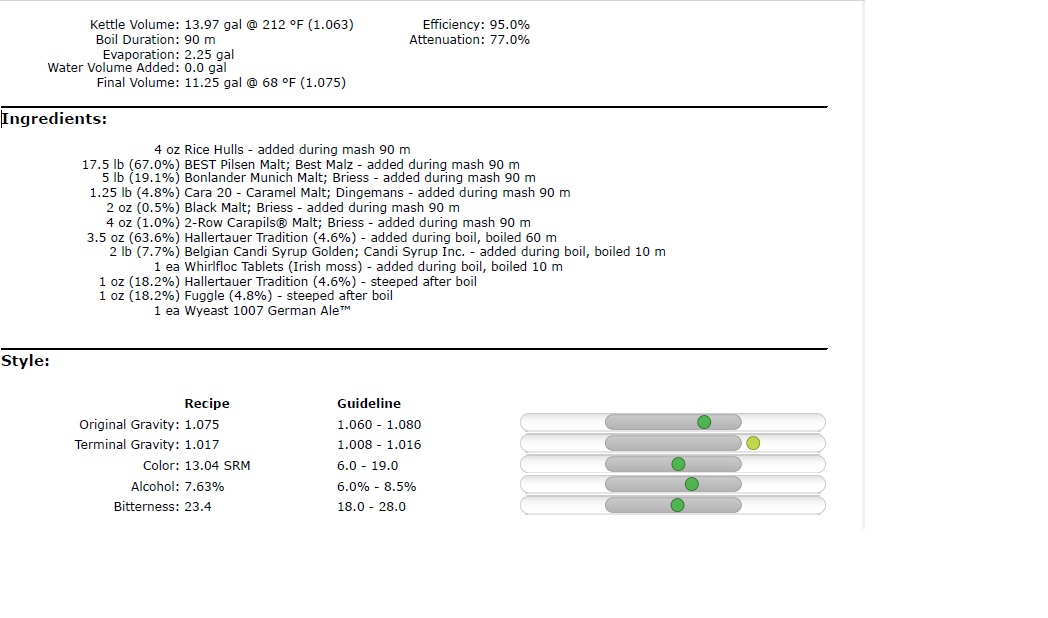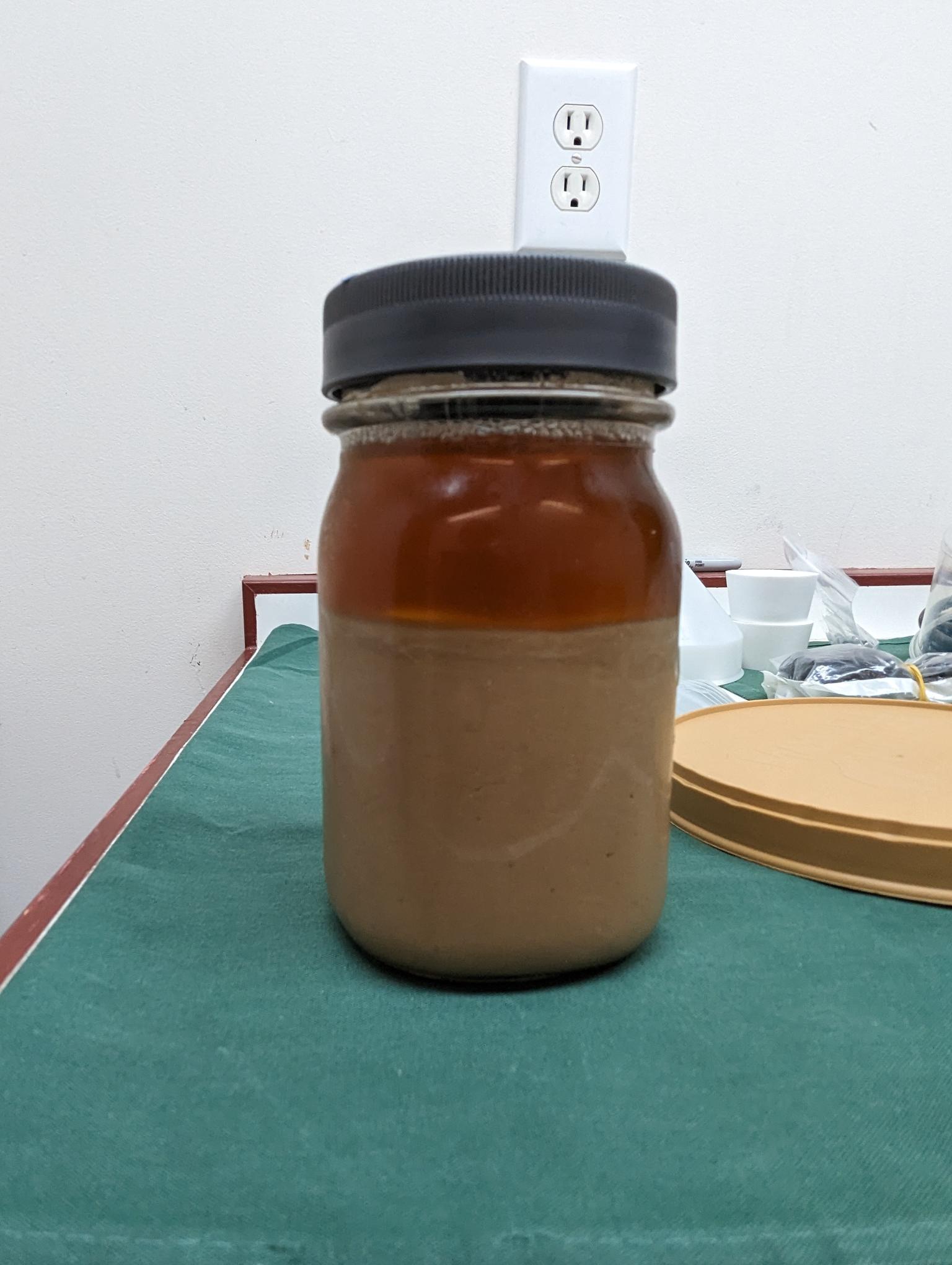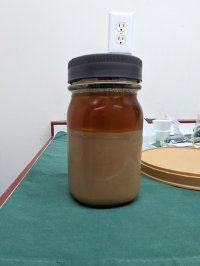2021 BJCP Style Guidelines
Link to PDF Download:
https://www.bjcp.org/news/bjcp-releases-2021-beer-style-guidelines/
Excerpt from Table of Contents-
24. BELGIAN ALE.................................................................49
24A. Witbier..................................................................49
24B. Belgian Pale Ale.................................................. 49
24C. Bière de Garde.....................................................50
25. STRONG BELGIAN ALE.................................................... 51
25A. Belgian Blond Ale................................................ 51
25B. Saison ................................................................. 51
25C. Belgian Golden Strong Ale ..................................52
26. MONASTIC ALE ..............................................................53
26A. Belgian Single......................................................53
26B. Belgian Dubbel.................................................... 53
26C. Belgian Tripel...................................................... 54
26D. Belgian Dark Strong Ale .....................................54










